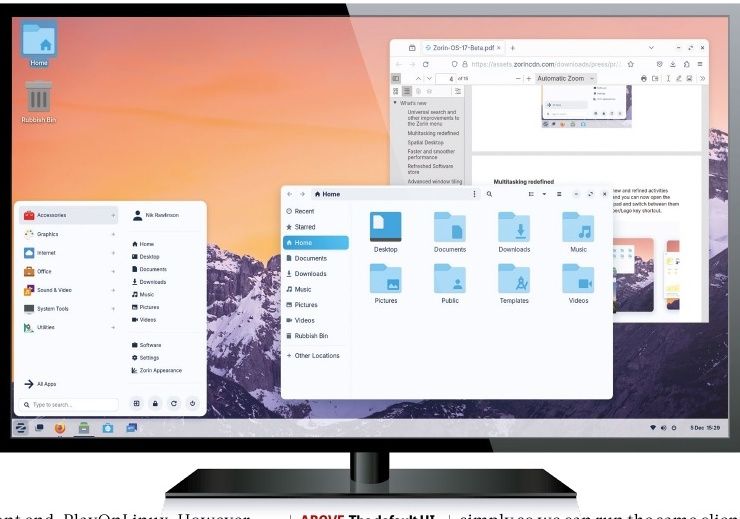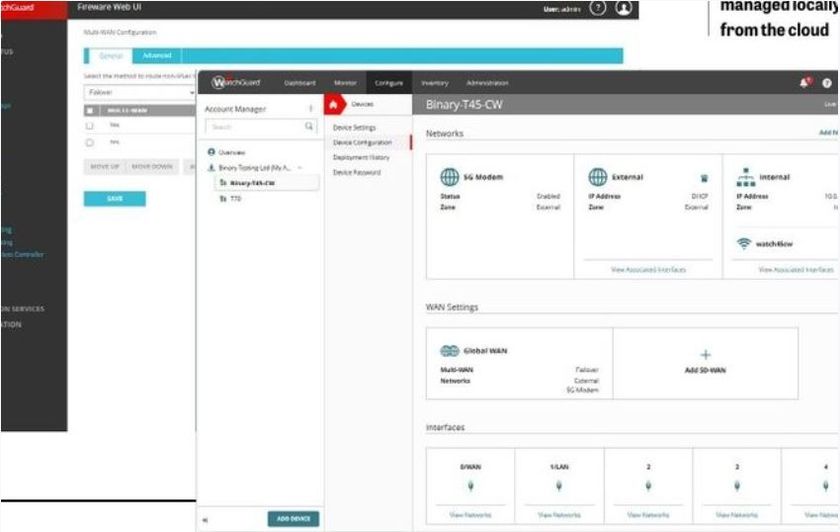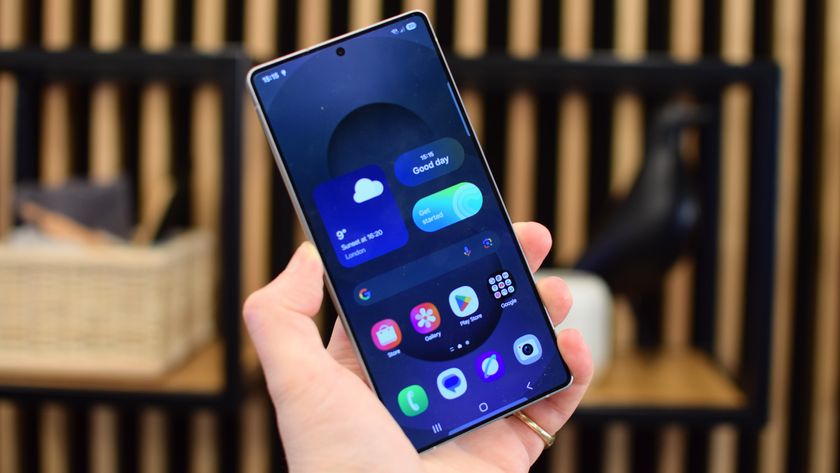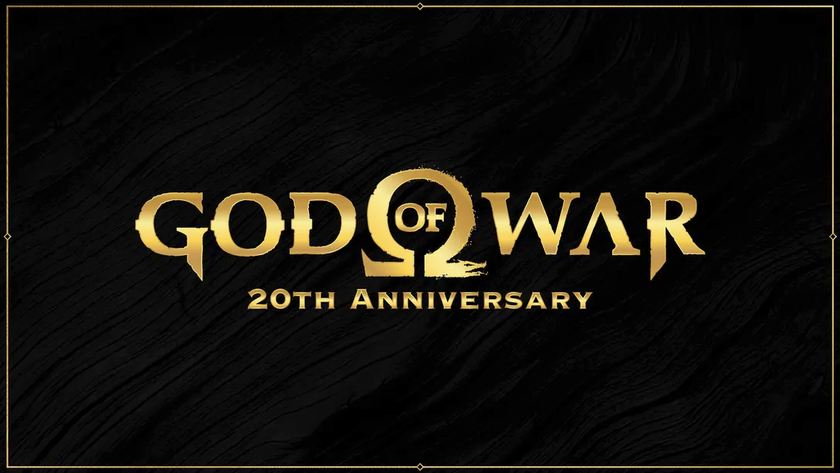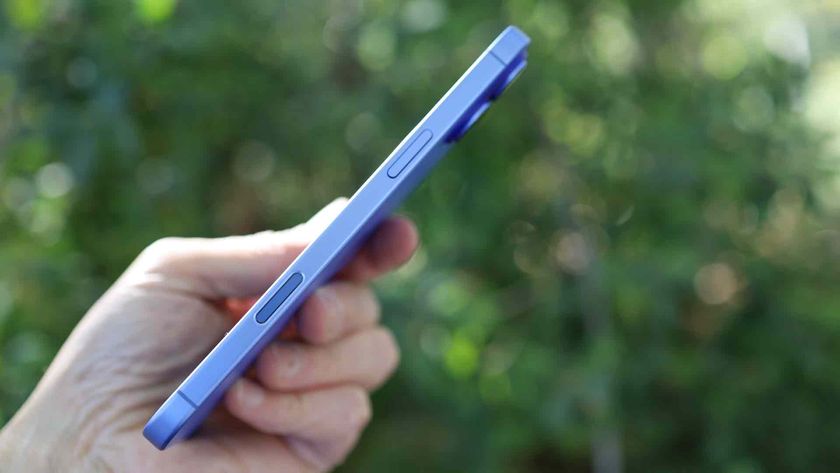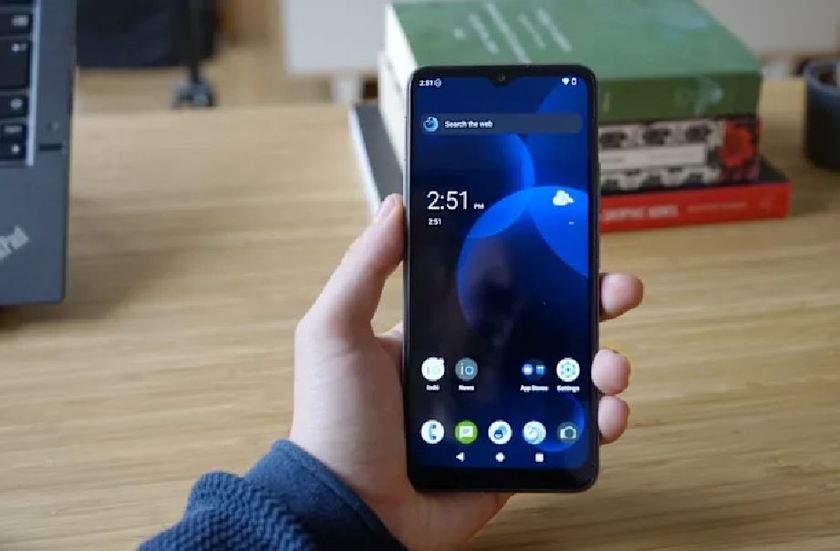Can a Mac be a gaming PC? How the world is changing for Mac gamers
It's time for gamers to pay attention to Apple's hardware again
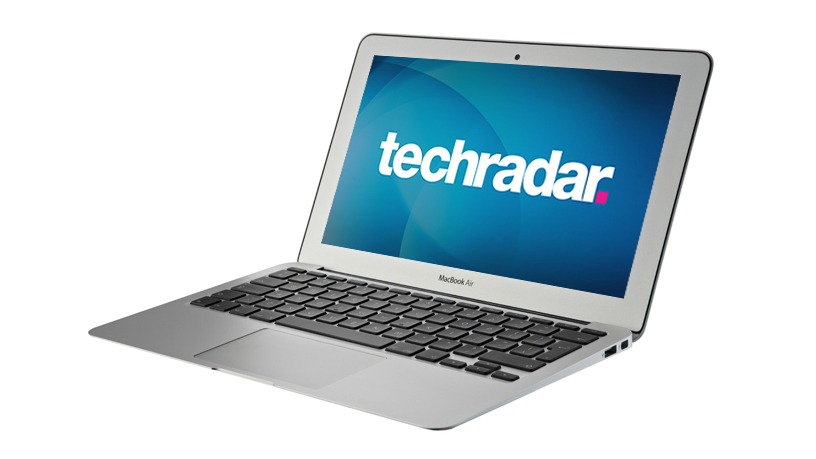
For years, Mac gaming has been almost an oxymoron - not really worth considering if your love of games extends beyond Football Manager. But things are changing. Big games are coming to Mac quicker and quicker, instead of arriving three years later or not at all.
Perhaps more excitingly, new indie games tend to hit Mac at the same time as everything else thanks to improved engine support, with Humble Bundles seeing major uptakes from Apple users, and most Steam Early Access games eager for them, too.
More than that, the hardware is looking better and better for gaming. There are iMacs that take up little desk space, but pack in quad-core processors and good Nvidia GPUs. The MacBook Pro range offers Intel Iris graphics at the low end, and strong dedicated graphics as you get to the top - and most models have brilliant super high-res screens to show it off, too.
There's the Mac Pro, boasting a Xeon processor and two GPUs in a near-silent, eight-inch-tall enclosure (okay, it really isn't for gaming, but it's gorgeous). Even the MacBook Air is making the most of Haswell, with brand new processors and Intel's decent HD 5000 graphics in a tiny machine that gets 12 hours of battery life.
The hardware is still pretty pricey, of course (especially the new Mac Pro), but some things never really change. The thing is, it's higher quality than just about everything out there, and it's difficult to find anything that actually rivals Apple's laptops for size, weight and specs for the same price.
That's great, because with SteamPlay, you only need to buy a game once on Steam to get it on both platforms. Cloud saves usually work on both versions, so you could grab a MacBook for playing the go, and have a big gaming rig at home. And even if you want games that aren't available on Mac, you can use Apple's Boot Camp utility to dual-boot Windows on Apple hardware.
The redheaded stepchild of PC gaming has become an aluminium fox, and that's great for the growth of the industry. It's time to stop looking down on Mac gaming, and welcome it like a long-lost brother - albeit, one who got really into his music and art while he was away.
Get daily insight, inspiration and deals in your inbox
Sign up for breaking news, reviews, opinion, top tech deals, and more.
It's hard for a lot of gamers to remember now, but there was a time when the Mac was fertile ground for great games.
Maxis brought the dozens of Sim-something games it did every month to Mac; Bungie grew big as a Mac-exclusive developer, getting to the point where it announced Halo for Mac and Windows (before being promptly snapped up by Microsoft); and Myst, one of the biggest games of all time, was built in the Mac's 'make your own app!' programming tool HyperCard before being ported to every electronic platform with a screen.
This time passed, though. Windows pulled further and further ahead in sheer number of games, in providing affordable and decent graphics, and ultimately in performance.
Of course, there were companies that kept the end up, porting what games they could, but Mac gamers mostly had to be content with the likes of The Sims, and occasional scraps like Stubbs the Zombie and Age of Empires tossed their way. If you played a variety of games, you didn't do it on your Mac, or even probably in the same room as it, just to avoid being insensitive and stuff.
Turning point
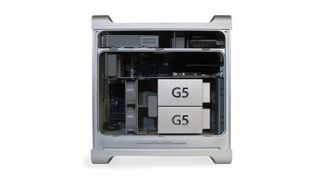
But in the space of a year, Apple did two things that started the road to a gaming renaissance. In 2006, it switched to using Intel CPUs, bringing its hardware more into line with Windows machines, and in 2007, it introduced the iPhone. The first of these two points certainly made life easier for porting, since Apple's PowerPC processors were a completely different architecture to x86. It wasn't the kind of thing that made an overnight difference, of course, because of games' continued reliance on DirectX, but it was a big step for Apple.



